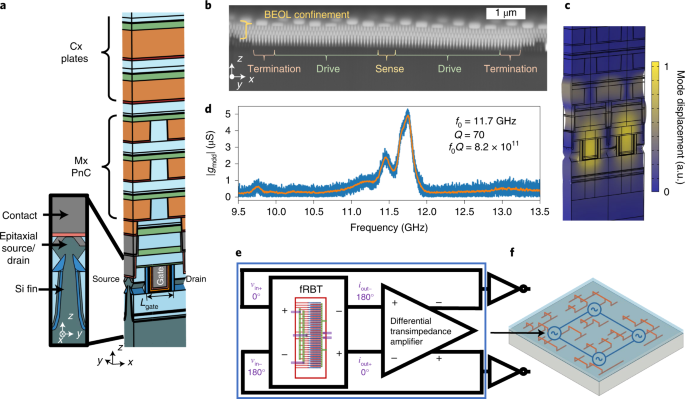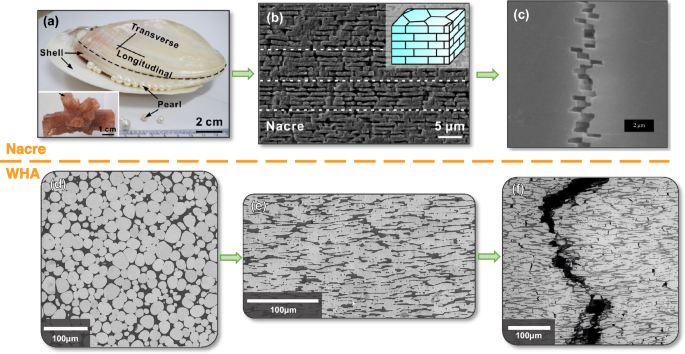2023-01-25 パデュー大学
◆「パデュー大学電気・コンピュータ工学部教授のDana Weinstein氏は、業界標準のフィン型電界効果トランジスタ(FinFET)の製造プロセスを用いて音響共振器を開発しています。米国ではチップ製造の能力を向上させる必要があり、この種の進歩は、サプライチェーン、国家安全保障、ハードウェアの安全性といった複数の懸念に対応するものです」。クロック全体をプロセッサ内部に移動させることで、クロックグリッチ攻撃に対するデバイスを強化し、パッケージされたチップの音響指紋による改ざん検知などの新機能を実現することができます。
◆Weinsteinの革新的な技術は、標準的な相補型金属酸化膜半導体チップ製造工場で利用できる既存の材料と製造技術のレパートリーで音響共振器を作ることである。Nature Electronics』誌に掲載された論文で、研究チームはこれまでで最も先進的な設計を報告している。研究チームのメンバーは、ニューヨークのGlobalFoundries Fab 8施設で稼働している商用プロセス(GlobalFoundries 14LPP FinFET技術設計マニュアルに記載)を使用して、マイクロプロセッサのネイティブクロックレートを超える8~12ギガヘルツの範囲の周波数を生成できる特殊なFinFETセットを作製した。
<関連情報>
- https://www.purdue.edu/newsroom/releases/2023/Q1/transistors-repurposed-as-microchip-clock-address-supply-chain-weakness.html
- https://www.nature.com/articles/s41928-022-00827-6
商業用フィン型電界効果トランジスタ技術による音響共振器の集積化 Integrated acoustic resonators in commercial fin field-effect transistor technology
Jackson Anderson,Yanbo He,Bichoy Bahr & Dana Weinstein
Nature Electronics Published:23 September 2022
DOI:https://doi.org/10.1038/s41928-022-00827-6

Abstract
In radio communication, the growth of beamforming and multiple-input–multiple-output technologies, which increase transceiver complexity, have led to a drive to reduce the size, weight and power of radio components by integrating them into a single system on chip. One approach is to integrate the frequency references of acoustic microelectromechanical systems (MEMS) with complementary metal–oxide–semiconductor processes, typically through a MEMS-first or MEMS-last approach that requires process customization. Here we report unreleased acoustic resonators that are fabricated in 14 nm fin field-effect transistor technology and operate in the X-band frequency range (8–12 GHz). The devices use phononic waveguides for acoustic confinement and exploit metal–oxide–semiconductor capacitors and transistors to electromechanically drive and sense acoustic vibrations. Fifteen device variations are analysed across 30 bias points, quantifying the importance of phononic confinement on resonator performance and demonstrating the velocity-saturated piezoresistive effect in active resonant transistors. Our results illustrate the feasibility of integrating acoustic devices directly into standard complementary metal–oxide–semiconductor processes.



